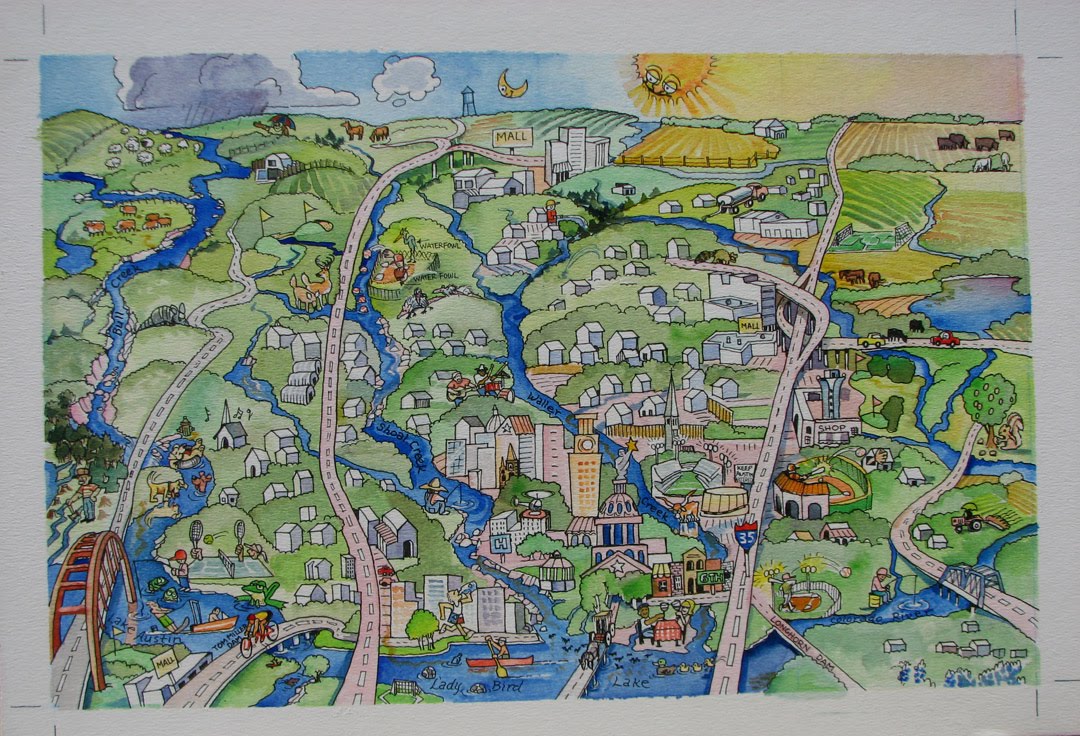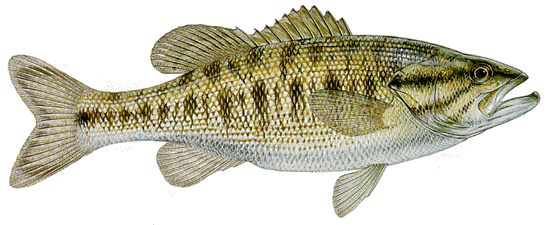TPW TV: Restoring the Pines
Friday, March 15th, 2013
Restoring pine trees
This is Passport to Texas
TPW TV series producer, Don Cash, has followed the restoration of two east Texas state parks following Hurricane Rita eight years ago. He says there was a silver lining in that storm.
58— I’ve been able to go back a few times over the years and watch as the parks change, slowly. Martin Dies State park in Jasper, and Village Creek State Park down near Beaumont were pretty badly torn up. Where you [once] had a real thick canopy and a real thick forest, you [now] had lots of sky. What I found, though, going back and talking to people in the parks is that the hurricanes have allowed them to do some habitat management on a little quicker scale than they would have otherwise had the hurricane not come through. In east Texas, the forests were originally longleaf pine; when timber companies came through, they cut the longleaf and planted loblolly, which is native to the US, but not native to Texas. It’s a faster growing pine, but the loblolly and the longleaf have different habitats, different animal species, different ground cover. So, the hurricanes have allowed the loblollies to get knocked down, and will allow the people in the parks to replant and reforest in the native longleaf pine.
Thanks, Don.
The segment titled Restoring the Pines airs the week of March 17th on PBS stations. Check your Local listings.
For Texas Parks and Wildlife…I’m Cecilia Nasti.






 Passport to Texas is a
Passport to Texas is a  Passport to Texas is made available by:
Passport to Texas is made available by: